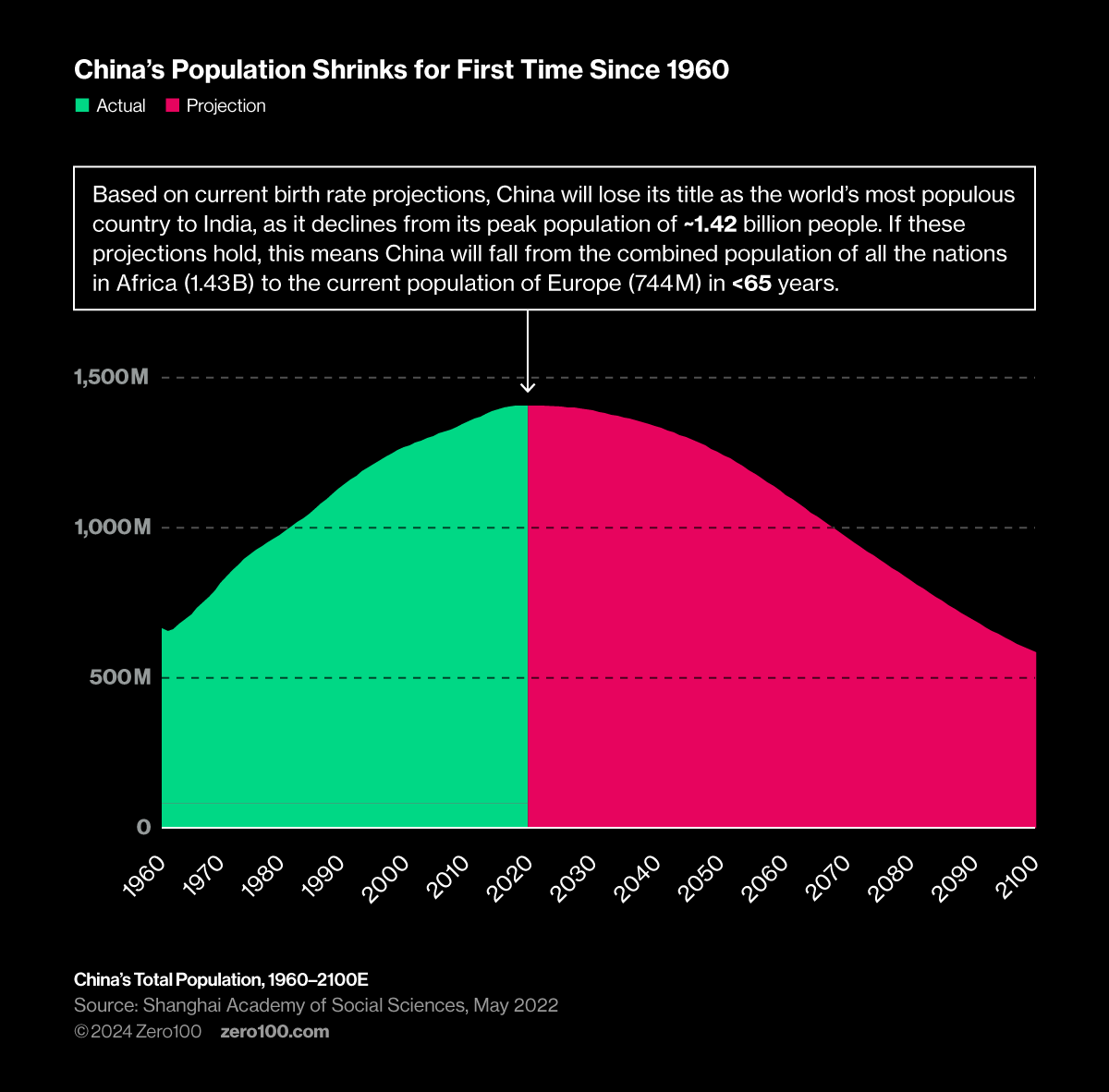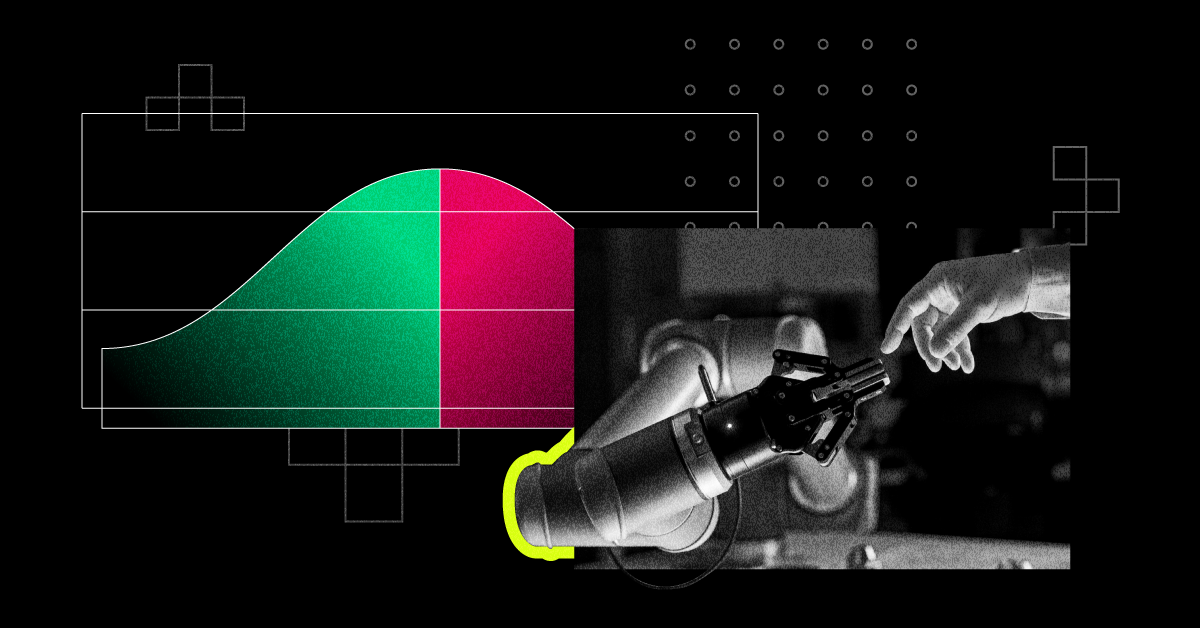New data on robot orders for 2023 shows a steep drop following a long trend of steady growth. Is this a sign of declining confidence in robotics, or evidence that ROIs on automation are slim enough to fail when cheap capital disappears as it did in 2023?
I think not. I believe the dip is more like a digestive pause between the appetizer and the main course: a sweeping robot-led transformation of work that will save the world from an impending demographic trap.
AI Puts Robotics on a Steeper Learning Curve
Robot costs have been falling for years while AI has risen in power and prominence. These trends are now self-reinforcing as more installations mean more use cases, which generates more data, in turn driving wider applications, leading to yet more installations. US government data shows the green shoots of a productivity flywheel that has started to crank.
The International Federation of Robotics (IFR), a non-profit founded in Germany in 1987, recently released its top five robotics trends for 2024:
-
1
AI and machine learning – As AI, and in particular GenAI, bleed into more robotic applications, users can speed up machine training with more operational data, improve operator interfaces with natural language controls, and refine complex system designs faster with super powerful simulations. No technology in history has seen faster adoption than GenAI. ChatGPT got to 100M users in only two months vs. Amazon e-commerce which took 12 years. This trend alone promises to explode the use of robots in manufacturing and logistics across industries.
-
2
Collaborative robots – Aka, “Cobots” have been around since the 1990s offering lower price points and easier setup than traditional robots. The IFR expects cobots to keep expanding their footprint in industry which will ease robotics adoption by leaning into human-machine integration in work design. Cobots also demystify robotics in supply chain by operating safely alongside human workers rather than in cages, which is necessary for old school heavyweight robots like those in traditional automotive assembly plants.
-
3
Mobile manipulators – Mobile autonomous robots like those used in warehouses to move inventory are increasingly being fitted with arms and actuators to add flexibility to work done on either end of a trip. For low-volume, complex manufacturing jobs or heavy equipment maintenance, this trend helps address skilled worker shortages in aerospace and other engineering intensive industries. The IFR calls these robots “MoMas” and expects them to gain traction as innovation in manipulator tasks and mobility controls accelerates. MoMas will help connect fixed robots across system-level automation designs to achieve breakthrough productivity improvements.
-
4
Digital twins – Virtual models offer a safe, low-cost way to test how things will work in the real world. For robotics engineers this technique is enhanced by surging real-world data from units equipped with ever more cameras, sensors, and interfaces. This means automation planners can move faster and more confidently as digital testing and tuning gains credibility. Imagine having a digital twin powered by NVIDIA GPUs, fed with terabytes of real-world data when pitching an automation project to the business – much more compelling than PowerPoint.
-
5
Humanoid robots – Science fiction is full of humanoid robots, but in the real world not so much. The IFR expects this to change, and even casual observers can see it coming on CNBC and PBS. Supply chain strategists will increasingly discover work designed for humans can easily be redesigned for robots because the fixed assets in buildings, vehicles and other tools supporting as-is operations need not change much.
The data, processing tech, and mechanical systems linking these five trends are all self-reinforcing. Demographics is the spark finally kicking this flywheel into high gear.

A Perfect Storm for Robotics
Robots have a long history of freaking people out. And yet, as more countries slip into demographic decline, we will likely find that they are our salvation.
South Korea, Japan, Germany, and China are the top four countries worldwide in the number of robots installed per 10,000 workers. They are also among the fastest aging, with grave implications for economic growth. Necessity is the mother of invention and shrinking population is robotics’ ultimate forcing function.
Get ready to feast on a meal of historic transformation in labor productivity.
